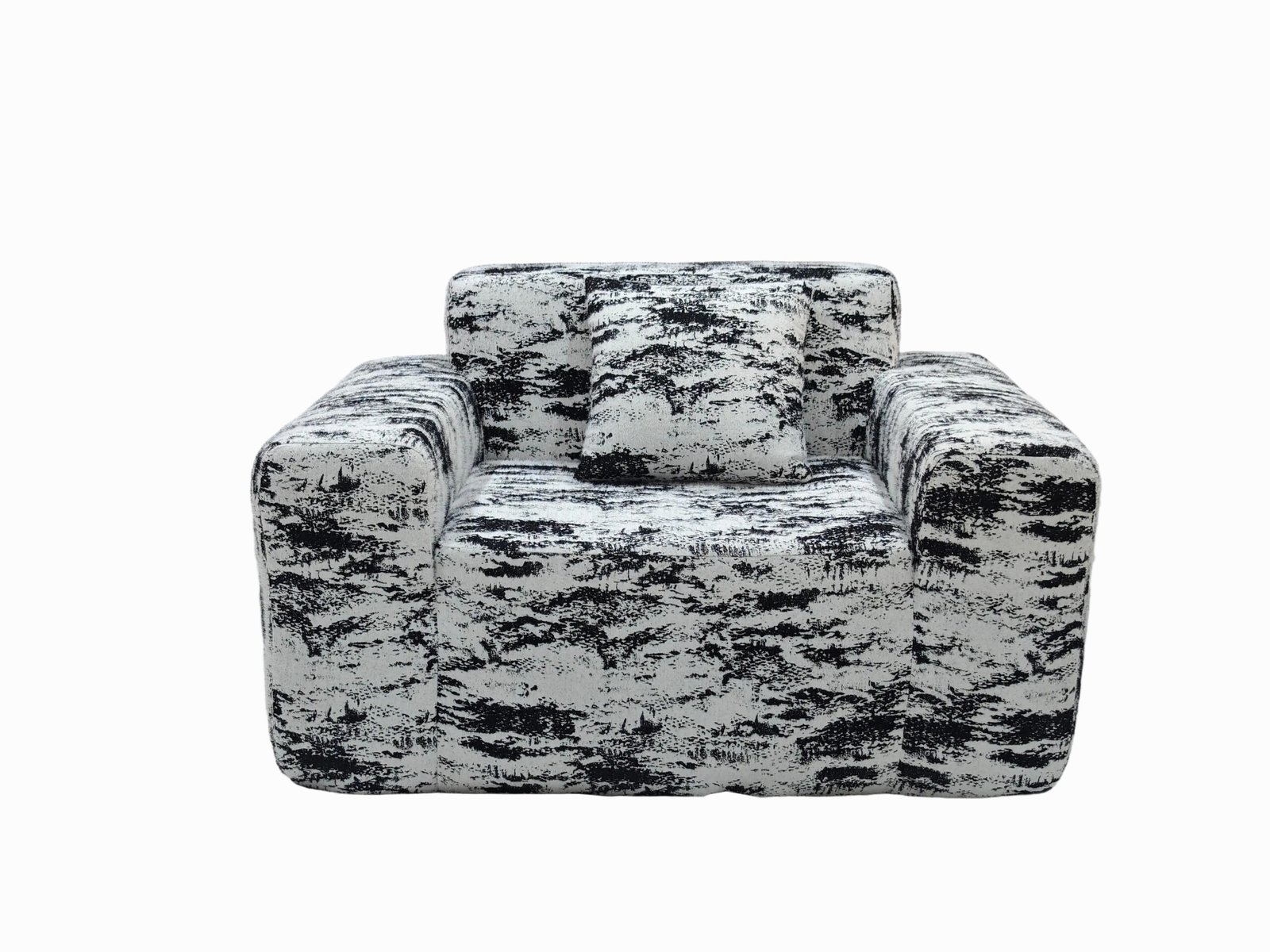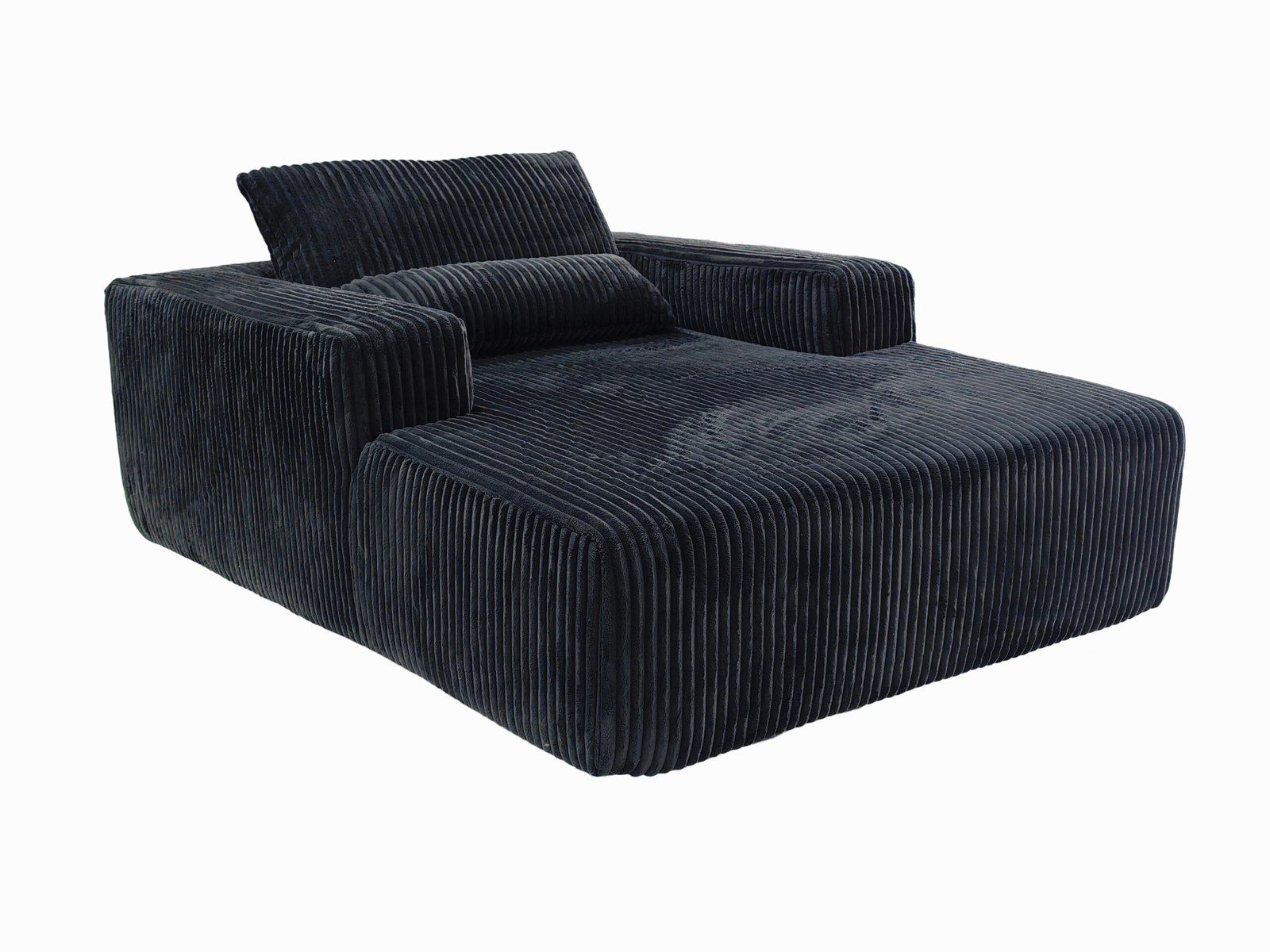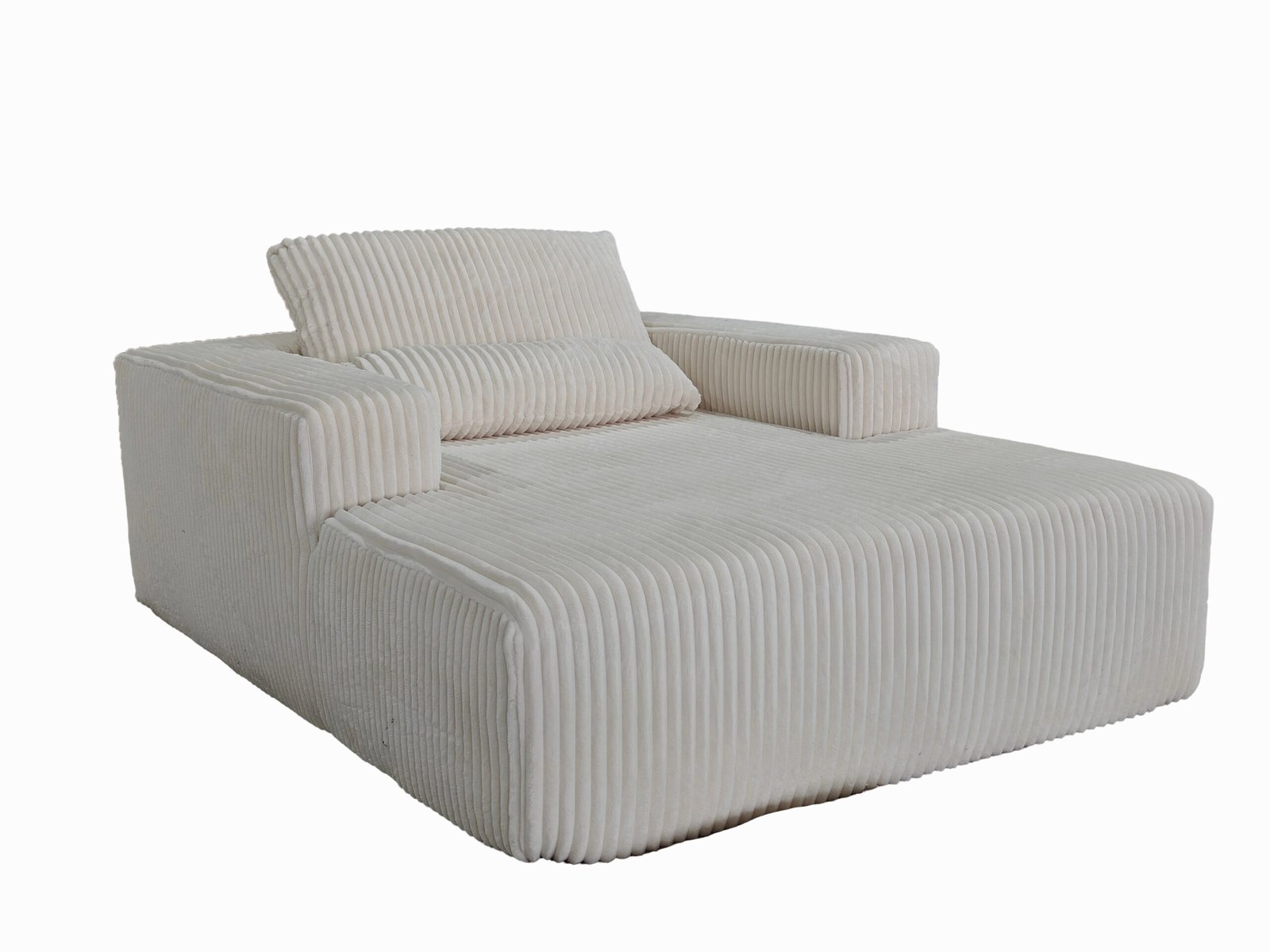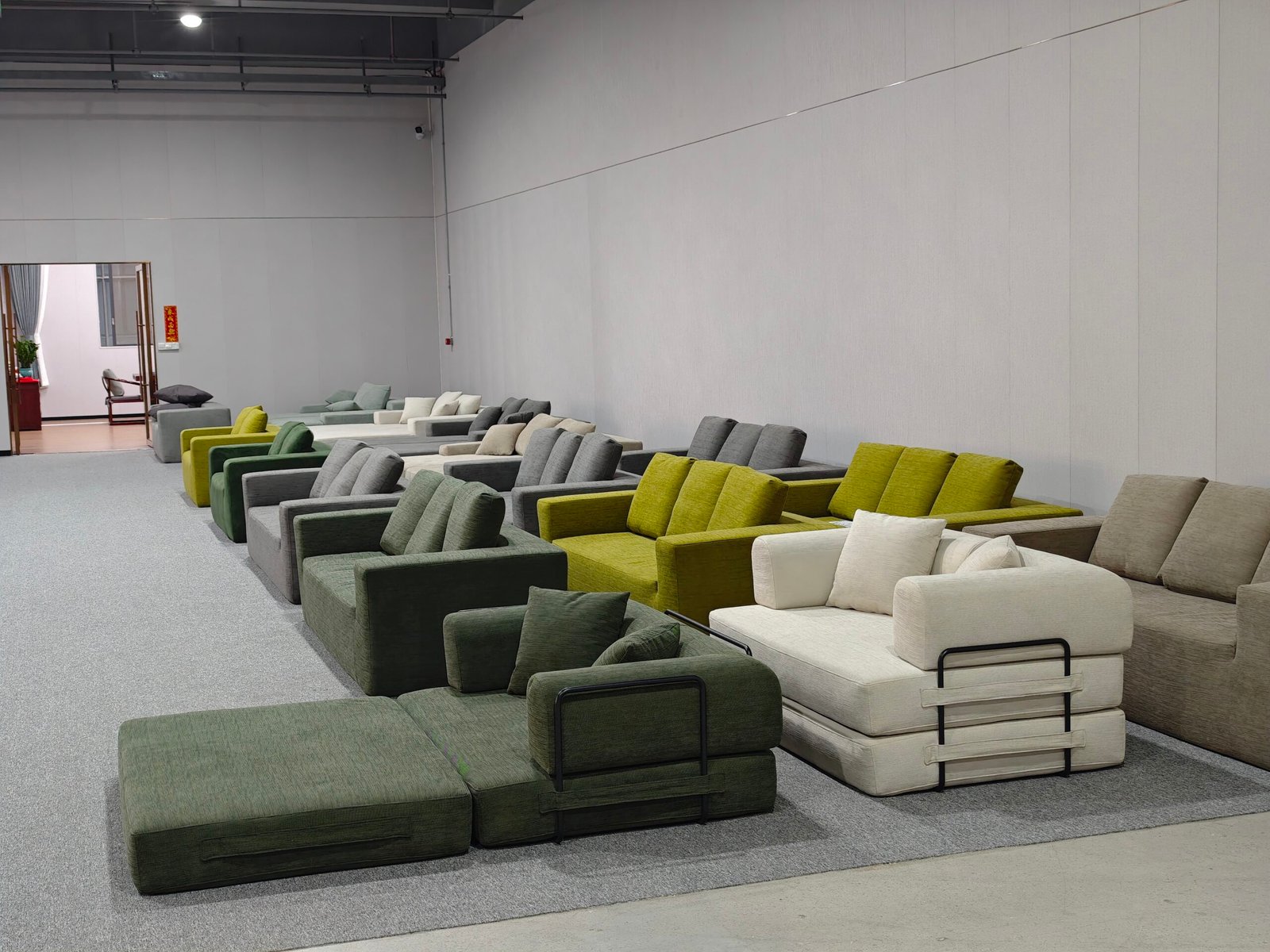
Dust is the invisible enemy of every compressed sofa. You don't notice it—until you start sneezing.
The best dust-proof method for compressed sofas combines material choice, cleaning habits, and physical barriers like covers and air control.
I’ve seen new sofas lose their color and texture just because they were placed too close to a window or a dusty fan. Here's how I make sure that never happens again.
Why are compressed sofas more prone to dust?

Compressed sofas may save space, but they collect dust like a magnet—especially when made of porous materials.
Compressed sofas are more likely to trap and hold dust due to their soft foam cores, synthetic fabrics, and flexible joints.
Unlike traditional wood-frame sofas with tighter surfaces, compressed sofas have:
- Foam with open cells that trap airborne dust
- Static-prone fabrics like polyester or microfiber
- Deep creases that form during folding or vacuum-packing
And yes, the more you move or unfold them—the more dust they stir up.
What are the most dust-resistant materials?

Material matters. Choosing the right fabric is your first line of defense.
Go for tightly-woven synthetic fabrics like microfiber, or smooth surfaces like faux leather or PU-coated cloth.
Best materials for dust-proofing:
| Material | Dust Resistance | Maintenance | Look & Feel |
|---|---|---|---|
| Microfiber | ★★★★☆ | Easy | Soft, modern |
| Faux Leather | ★★★★★ | Very easy | Sleek, minimalist |
| Woven Polyester | ★★★☆☆ | Moderate | Comfortable, casual |
| Cotton Blend | ★★☆☆☆ | Harder | Traditional, cozy |
If you ask me, microfiber strikes the perfect balance for compressed sofas. It resists dust and stays cool to the touch—even in hot climates.
Should I use sofa covers for dust-proofing?

Absolutely. If your compressed sofa is in daily use, a cover is your best friend.
A removable, washable sofa cover traps surface dust before it reaches the foam or seams.
What to look for in a dust-proof cover:
- Elastic fit to hug every corner
- Machine washable fabric like spandex-cotton blend
- Anti-static coating or finish
- Breathable, not plastic (to avoid humidity issues)
Pro tip: Use two sets. Rotate and wash weekly, just like bed sheets.
How often should I clean the sofa?

Cleaning isn't just about looks—it’s about breathing easier.
Vacuum your compressed sofa weekly, and wipe it down every few days to prevent buildup.
My cleaning checklist:
- Vacuum with a soft upholstery brush (get the seams and under the cushions)
- Wipe down with a microfiber cloth—dry for dust, damp for smudges
- Spot clean with mild soap + water if stains appear
- Use lint rollers for hair and light debris in tight corners
Trust me, ten minutes a week beats spending two hours deep-cleaning a dusty sofa.
Can air purifiers reduce sofa dust?

Yes—and they work better than you think.
Air purifiers with HEPA filters capture airborne dust before it has a chance to land on your sofa.
I keep one running in my living room 24/7, and the amount of visible dust on all surfaces—especially the sofa—has dropped by half.
Best placement for air purifiers:
- Near sofa arms and cushions
- Close to doors or windows if drafts bring in outdoor dust
- In corners with low air movement to filter stagnant dust
This is especially helpful if you live near a busy road or have indoor pets.
Conclusion
Keep dust away from your compressed sofa with the right fabric, removable covers, a weekly cleaning routine, and smart tools like air purifiers. A clean sofa is a happy sofa.
Contact us via:
web:www.compressedsofahsm.com
Phone:+86 18025958116
E-mail:qilinmattress@gmail.com